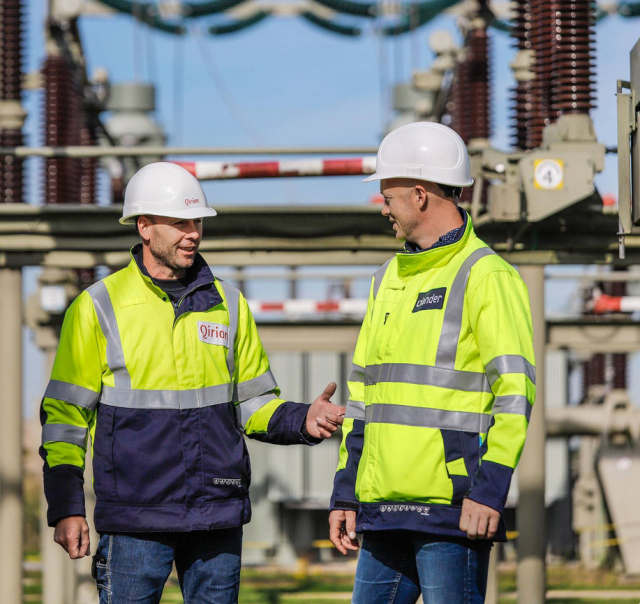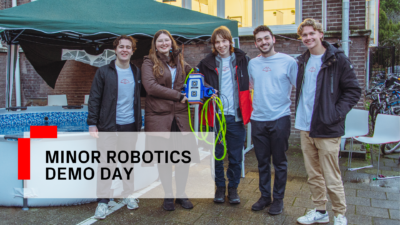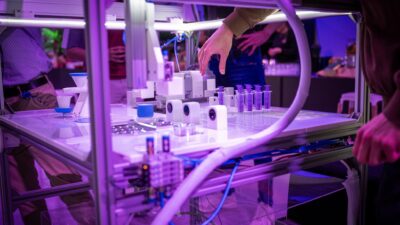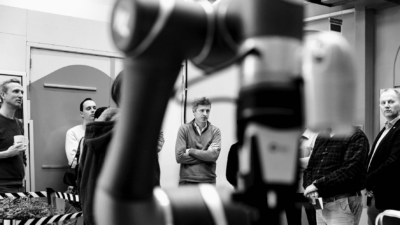Our collaboration with Alliander, a public utility company that provides one third of the Netherlands with energy, has sparked a plan to innovate the way gas leaks are detected. When Holland Robotics stepped in and support ensued from the European Union, EFRO OP-South and the province of Noord-Brabant, the plan became a project.
We started by speaking with several gas leak detectors called Rob to understand their ways of working and where robotics could help.
How can robotics help Rob, the gas leak detector?
Current equipment is human operated and can alert both minor and severe leakage using advanced technologies such as ultrasonic, infrared and electrochemical reading. These tools are also capable of detecting air toxicity and the presence of combustible gas. The problem is that these human-controlled machines are slow and heavy, which means that Rob works long dull days without finding a lot of leaks.

To break this tedium, RoboHouse and Alliander are taking part in the subprojects of Holland Robotics Inspection and Maintenance. This initiative could spark all kinds of progress in the area of leak detection, from gripper technology to more intelligent software that tells its operator where a leak is likely. Future projects might even move beyond monitoring. The holy grail of leak detection is to find leaks before they even happen, and thus avoid all exposure to toxic chemicals.
“Intelligent software may tell its operator where a leak is likely.”
But for now, we are mostly determined to making Rob’s life more interesting. With robotic assistance he could go from leak detector, to lead detective.



